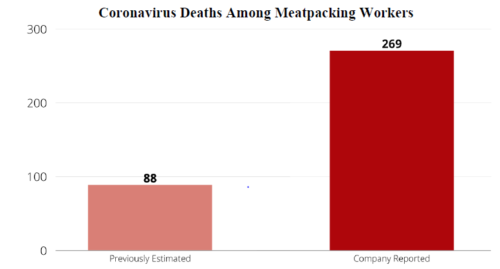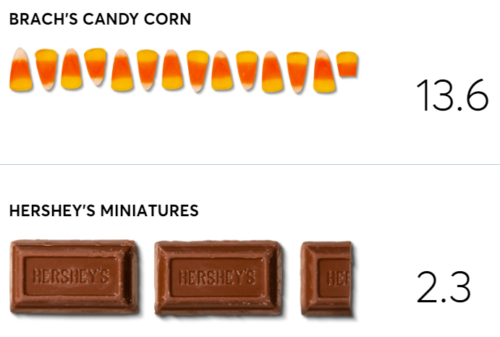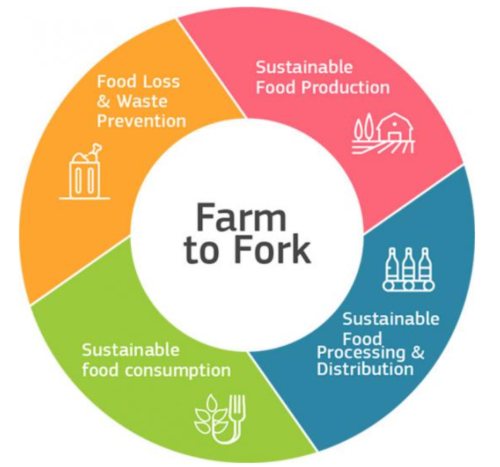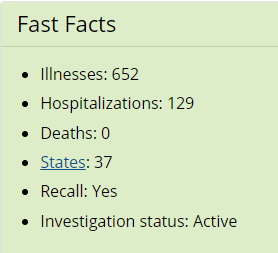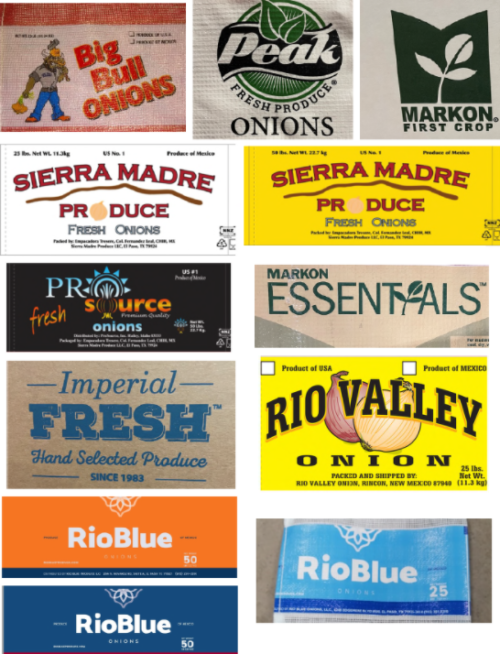What’s up with digital marketing? Plenty.
Digital marketing, especially when targeted to children, is a rising source of concern and for well-documented reasons.
Two reports provide the data. The big issue? Digital marketing promotes unhealthful eating.
I. From the World Health Organization’s Regional Office in Europe: Digital Food Environments Factsheet
Digital technologies are becoming integrated to varying degrees into everyday life across the 53 countries of the WHO European Region. The increase in digital technologies can increase the convenience of food and prepared meals. A recent unrepresentative survey of 10 European countries found that every fifth meal was consumed outside of the home, with 80% from commercial outlets. The influence of digitalization on dietary behaviour, however, is not well understood, raising questions about its influence on the health and nutrition of adults and children.
II. From the U.S. Center for Digital Democracy comes Big Food, Big Tech, and the Global Childhood Obesity Pandemic
Some of the largest food and beverage corporations—including Coca-Cola, McDonald’s, and Pepsi—have, in effect, transformed themselves into Big Data businesses, acquiring specialist firms, establishing large in-house operations, and hiring teams of data scientists and technology experts to direct these systems. With these enhanced capabilities, they can more effectively engage in ad targeting—whether on the leading platforms or through their own mobile apps.
A growing body of academic research has documented the increasing presence of unhealthy food promotion in digital media, as well as clear patterns of youth engagement with major brands, and influences on health behaviors.
Tech platforms especially popular with young people—including Facebook’s Instagram, Amazon’s Twitch, ByteDance’s TikTok, and Google’s YouTube – are working with giant food and beverage companies, such as Coca Cola, KFC, Pepsi and McDonald’s, to promote sugar-sweetened soda, energy drinks, candy, fast food, and other unhealthy products across social media, gaming, and streaming video. The report offers fresh new analysis and insight into the most recent industry practices.
Comment: All this calls for regulation, of course. Any chance of that coming our way?


